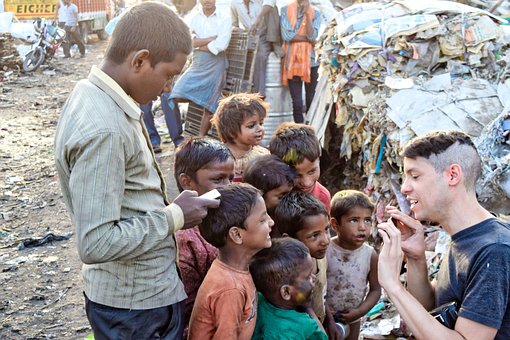welfare schemes for vulnerable sections is not effective due to absence of their awareness and active involvement
The government schemes are carried out for the welfare of the vulnerable sections. The vulnerable sections include SC, ST, OBCs, backward classes, women, senior citizens, children, Divyang, third gender, minorities. The welfare includes the overall human, social, political, economic development of these sections with a view to achieve dignity and liberty of individuals by enhancing choices and offering avenues of growth.
There are several stages of policy process, where non involvement and lack of awareness leads to inefficient and ineffective performance:
• Identification of the problem - At the time of identification the people for whom the scheme is carried out do not know about the scheme. The people are required to be involved in the policy-making process so that their valuable inputs can enhance the process.
• Formulation – While policy formulation takes place, it is really important to involve people. If the people are not aware then that might affect the targeting of the policy. The policy may lose sight of the target population and hence, become ineffective.
• Grievance redressal mechanism- No administration can claim to be accountable, responsive and user-friendly unless it has established an efficient and effective grievance redressal mechanism.

• Solution adoption – While adopting solution, people’s wisdom can contribute to the improvement of democratic and participatory process and bottom-up approach of solving problems by taking view of people’s views and recommendations. If lacking, then policy might not achieve its objectives.
• Implementation – At the level of implementation, if people are not aware then implementing is merely in letter and not in spirit. Thus, people’s participation is also necessary for the transparent processes and procedures. People will themselves act as check on inefficiencies.
• Evaluation and Monitoring – People’s involvement can pave way for better accountability. Thereby the processes, outcomes of the schemes can be monitored and evaluated effectively.
• Planning and Coordination – Though schemes provide broader guidelines, yet at gross-root level, planning is required for implementation of scheme taking various parameters of development into account.
• Structural discrimination directly impedes equal access to services by way of exclusion. For example, a scheme aimed at skill development of minorities in Jammu and Kashmir will not give results without the social awareness of the people and the active involvement of the people at grassroots level. The technology, media, existing democratic structures at local, state levels, civil society, NGOs, private players can be used to raise awareness and involve people.
Hence, participatory and collaborative approach enhances the efficiency and effectiveness of the welfare schemes and can lead to better targeting and outcomes. After all, the people’s participation is very much necessary to carry out good governance. This good governance is reflected in the performance of various welfare schemes aimed at the welfare and development of the vulnerable sections of the society.
Comments